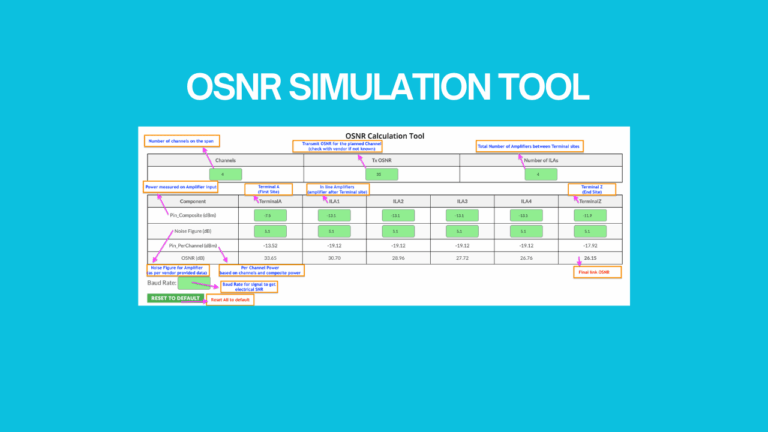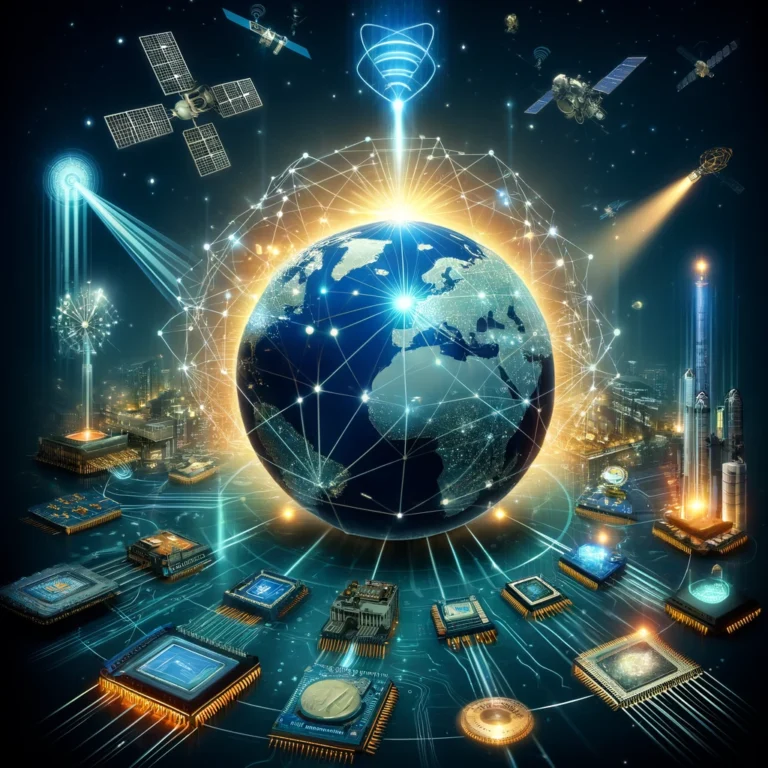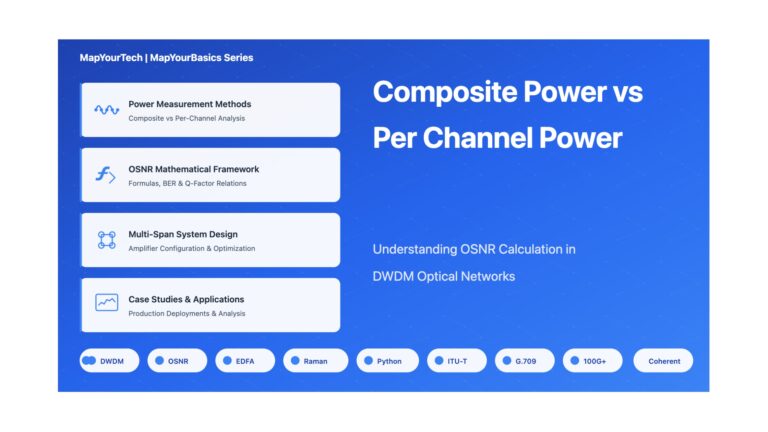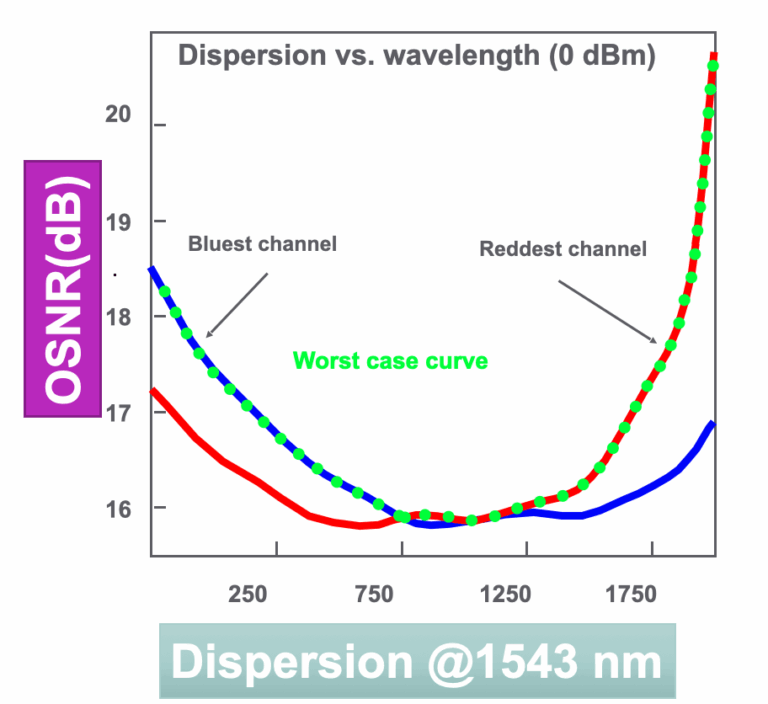HomePosts tagged “Optical signal-to-noise ratio”
Optical signal-to-noise ratio
Showing 1 - 9 of 9 results
Noise in Optical Systems – Complete Guide Noise in Optical Systems A Comprehensive Professional Guide to Understanding, Measuring, and Mitigating...
-
Free
-
December 21, 2025
Based on my experience ,I have seen that Optical Engineers need to estimate Optical Signal-to-Noise Ratio (OSNR) often specially when...
-
Free
-
March 26, 2025
In the world of fiber-optic communication, the integrity of the transmitted signal is critical. As an optical engineers, our primary...
-
Free
-
March 26, 2025
In this comprehensive exploration of 400G ZR and ZR+ optical communication standards, we delve into the advanced world of Probabilistic...
-
Free
-
March 26, 2025
When we’re dealing with Optical Network Elements (ONEs) that include optical amplifiers, it’s important to note a key change in...
-
Free
-
March 26, 2025
Optical networks are the backbone of the internet, carrying vast amounts of data over great distances at the speed of...
-
Free
-
March 26, 2025
As we move towards a more connected world, the demand for faster and more reliable communication networks is increasing. Optical...
-
Free
-
March 26, 2025
Composite Power vs Per Channel Power for OSNR Calculation – MapYourTech Composite Power vs Per Channel Power for OSNR Calculation...
-
Free
-
March 26, 2025
For coherent signals with wide optical spectrum, the traditional scanning method using an OSA or inband polarization method (EXFO) cannot...
-
Free
-
March 26, 2025
Explore Articles
Filter Articles
ResetExplore Courses
Tags
automation
ber
Chromatic Dispersion
coherent optical transmission
Data transmission
DWDM
edfa
EDFAs
Erbium-Doped Fiber Amplifiers
fec
Fiber optics
Fiber optic technology
Forward Error Correction
Latency
modulation
network automation
network management
Network performance
noise figure
optical
optical amplifiers
optical automation
Optical communication
Optical fiber
Optical network
optical networking
Optical networks
Optical performance
Optical signal-to-noise ratio
Optical transmission
Optical transport network
OSNR
OTN
Q-factor
Raman Amplifier
SDH
Signal amplification
Signal integrity
Signal quality
Slider
submarine
submarine communication
submarine optical networking
Telecommunications
Ticker









